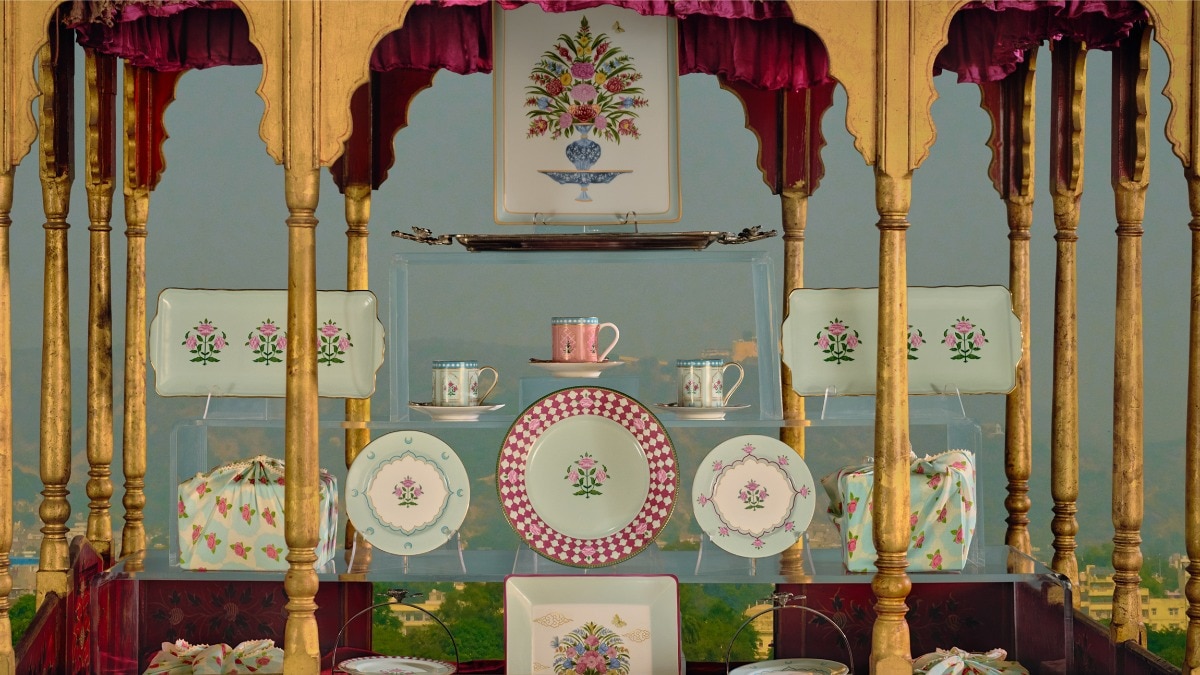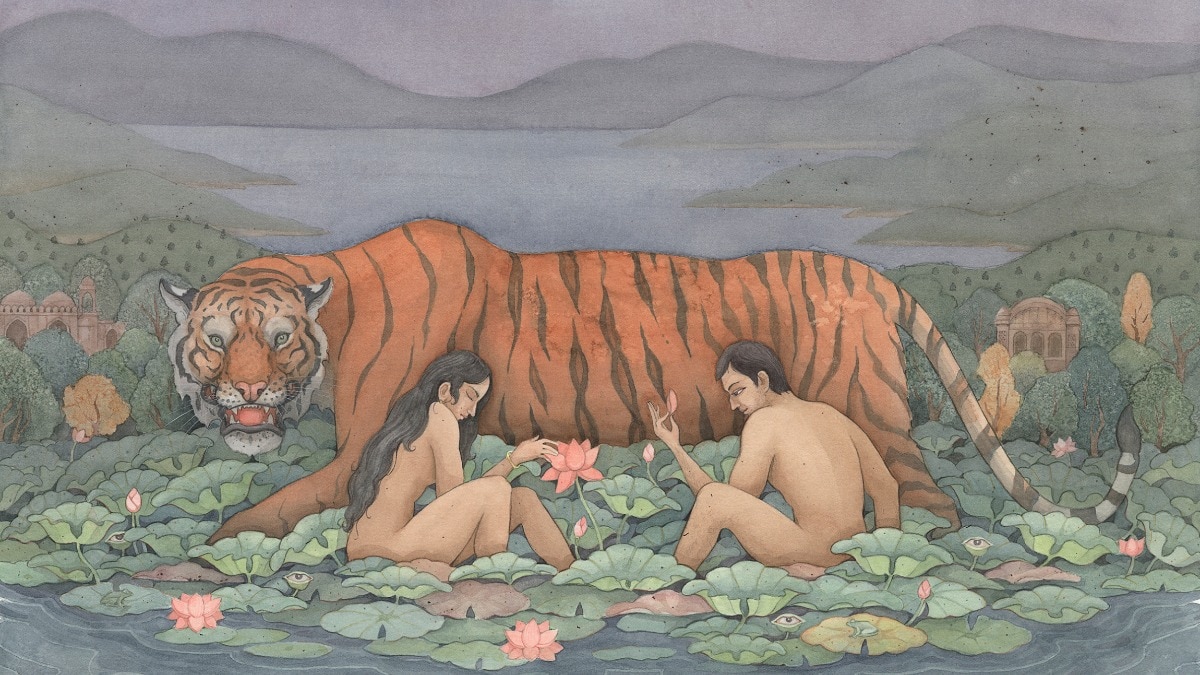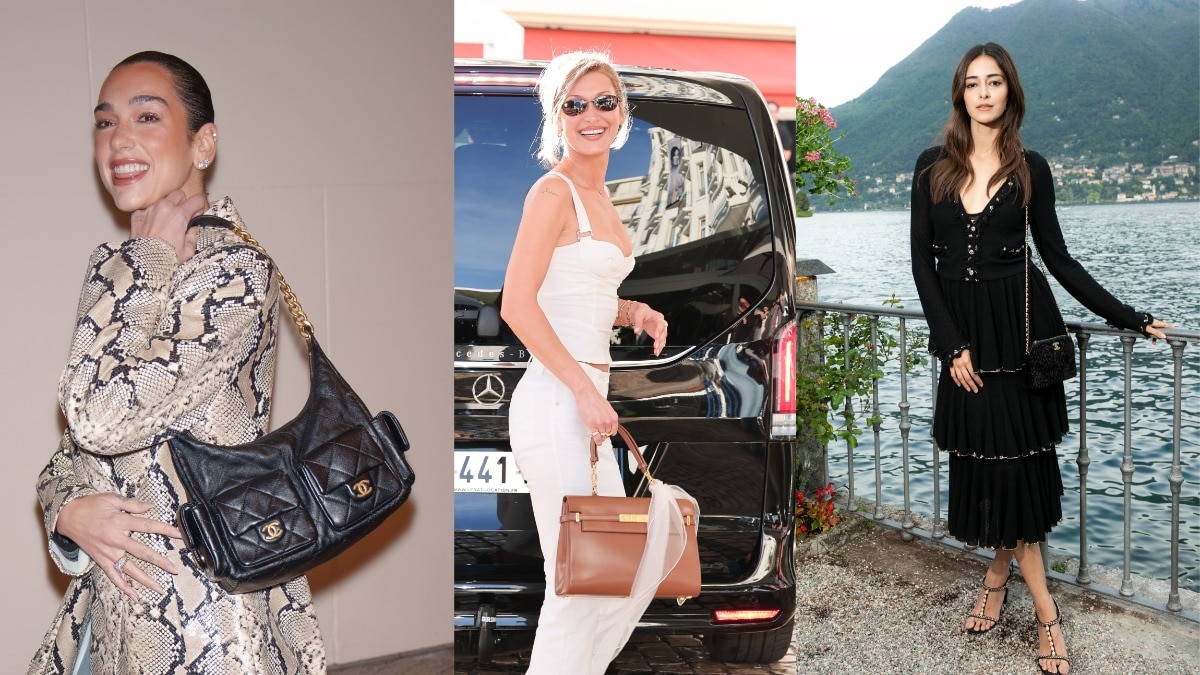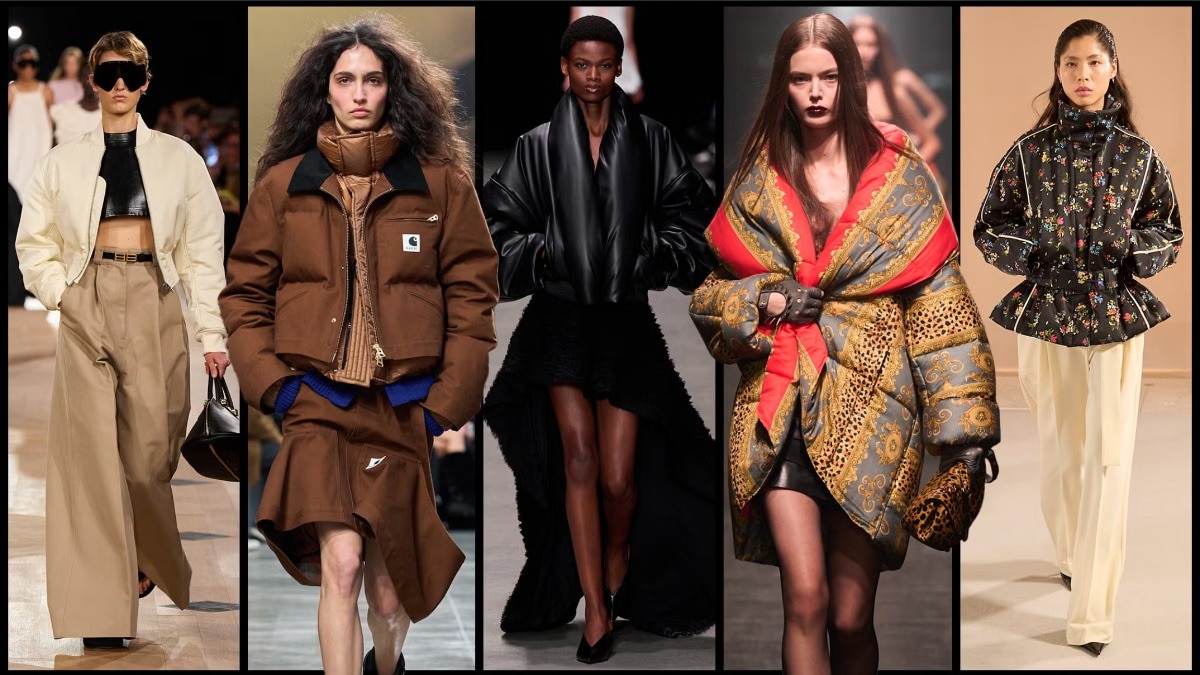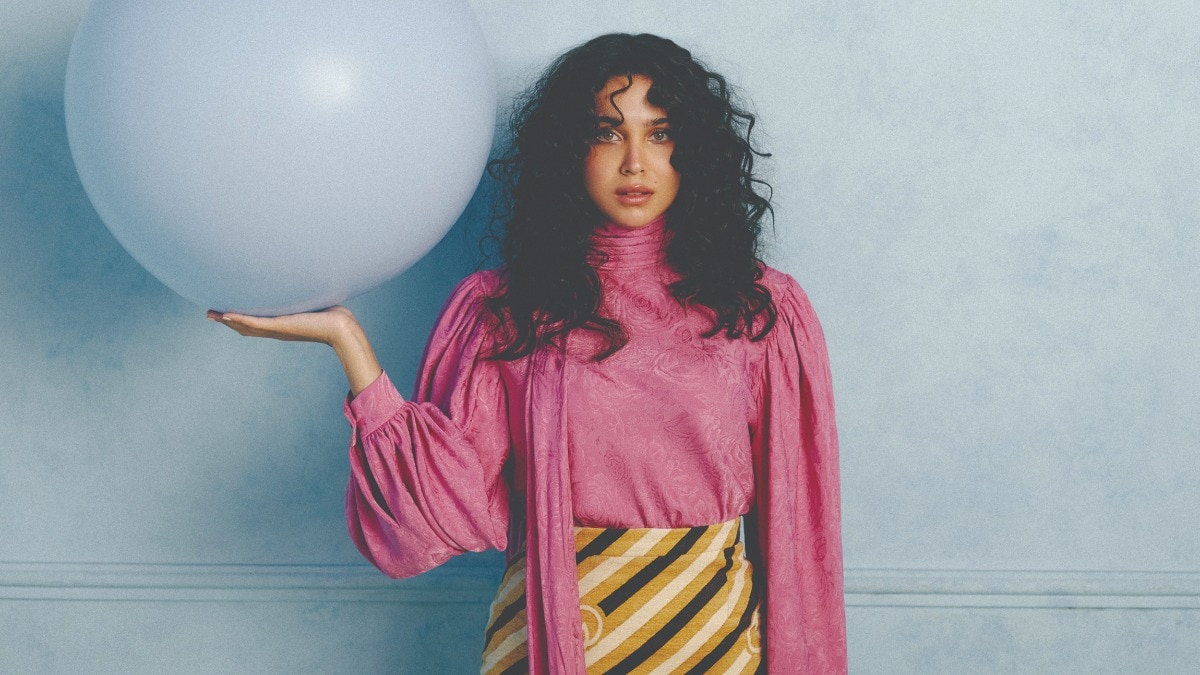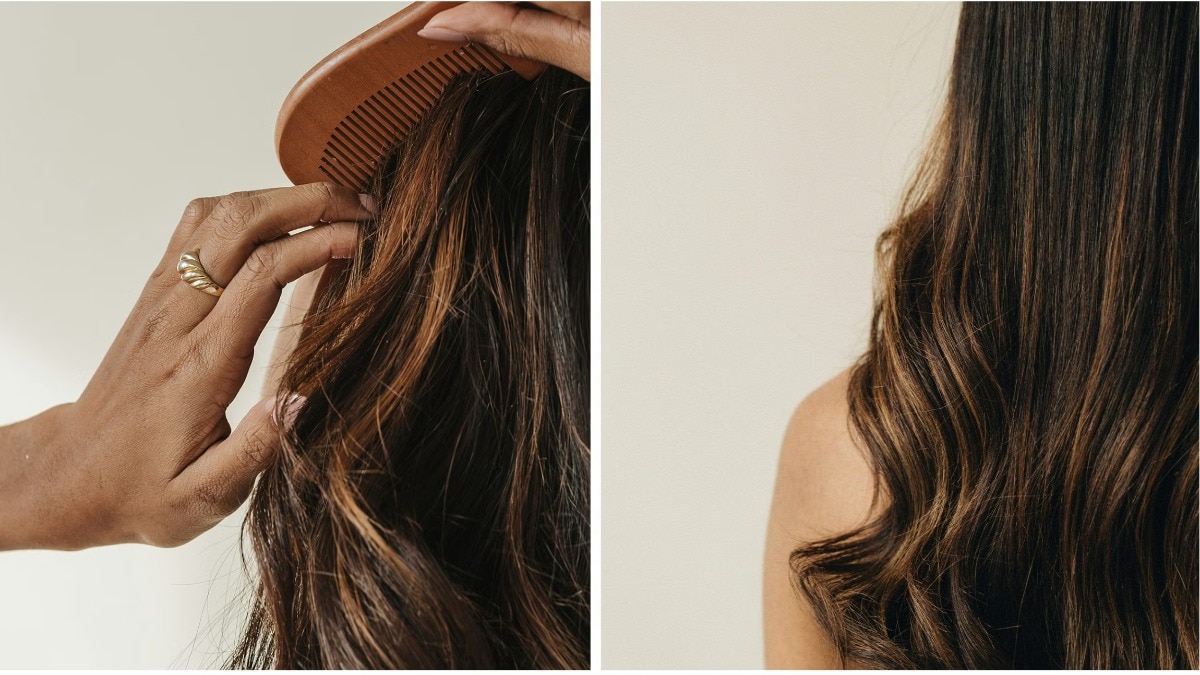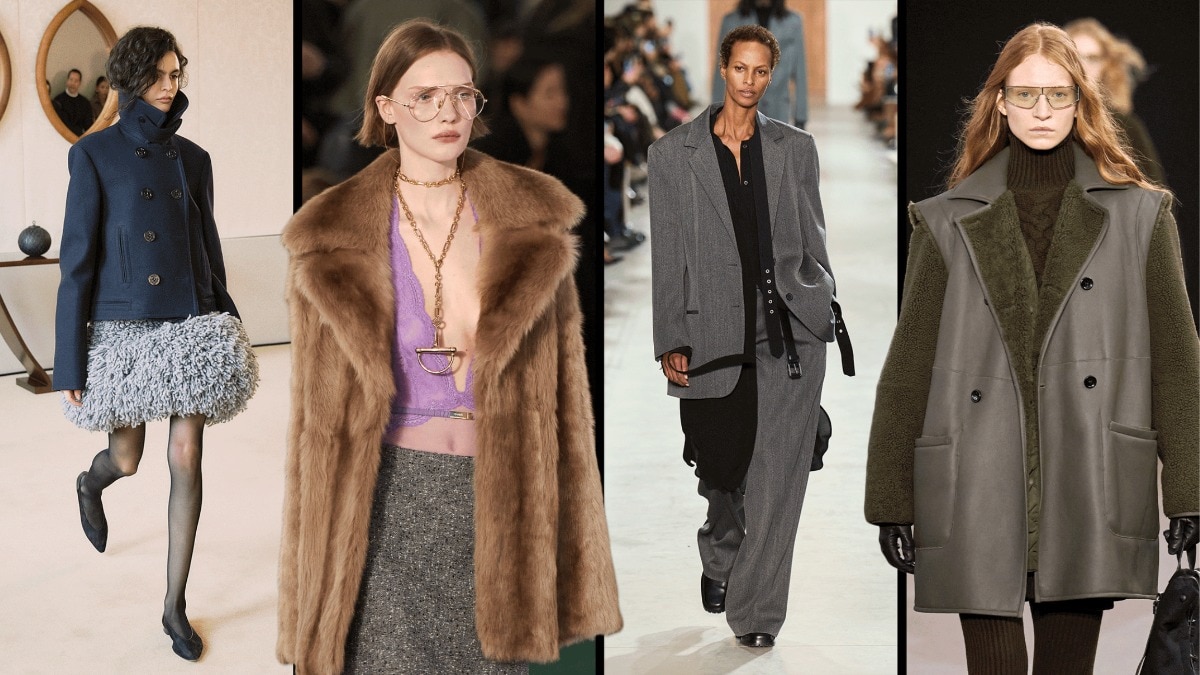Chanel-ling all things fashion and creativity in the heart of Senegal
The French brand made history by staging a fashion show as a thoughtful long-term cultural exchanage in Dakar, one of Africa's most creative cities.


The best street style on display was not found in one of the four cities that anchor Fashion Week; nor was it seen during the usual seasonal churn in March and September. Instead, it was at Chanel’s Métiers d’art show, which took place in early December in Dakar, Senegal.
The brand flew in 165 clients and editors, but the audience also included more than 550 locals, including musicians, designers, stylists, and artists. And they were dressed: wrap dresses in purple and persimmon tones with matching head wraps, many of which were secured with Chanel logo brooches. One woman stacked her braids on her head, creating a crown nearly a foot high, and draped them with Chanel charms. Another wore a sleeveless macramé robe over a blue kimono embroidered with dragons. A guest in a beige robe and matching trousers had a quilted Caviar Jumbo bag in a coordinating beige slung over her shoulder.
Pharrell Williams, the longtime friend of the house (and now Louis Vuitton menswear creative director), was walking around in a joyful daze. When asked about the style on display, he uttered simply, “It’s crazy.”
“I think that the people here were very proud to show the best of Dakar and the best of fashion here in Senegal,” says Olivia Marsaud, the director of Galerie Le Manège, one of the city’s premier contemporary-art galleries, who has spent the past decade enmeshed in Dakar’s cultural scene. “In Senegal, you dress yourself for every small event in your life. Even to go [to the beach], you are very well dressed, and it’s very important.”
“It’s part of the culture,” says Nix, a Senegalese rapper who performed at a welcome dinner the evening before the show, about fashion’s role in the city.“People love to dress. People love colors. They love to match colors, fabrics, and everything. Dakar has this essence when it comes to fashion.”
This second fashion show—in which the audience’s stylistic expression was just as rich as the pieces on the runway—was only the beginning of what made Chanel’s show in Dakar unique.
The annual collection highlights the 11 workshops Chanel has acquired over the years to sustain the nuances of French craftsmanship—like the embroiderers Lesage and Montex and the cobbler Massaro. But rather than tasking those ateliers with making a collection “inspired” by the show’s location—an impossible task that fashion brands have historically undertaken too often and too superficially—Chanel staged the show as an opportunity for an exchange of craft, literature, and artistic traditions, whereas a condescending concept of “teaching” or “globalizing” once existed.
As Williams puts it, “This is the beginning of so many things. Not only is it the beginning of where my ancestral DNA had to walk through the doors of no return, it’s also the place where the French came to colonize. The Portuguese, the Dutch—they [also] colonized this [place]. And so for a French maison, in 2022, to come back here and show reverence—so many beginnings. It’s such a beautiful gesture.”
For many involved in the project, its impact is more about what happened before and after the show than the runway presentation itself. Marsaud spent the past three years working with Chanel on the show and also served as a member of the editorial committee of a project the brand calls la Galerie du 19M Dakar, a series of talks, workshops, and an art exhibition launched in January that bridges Dakar’s art scene with Paris’s. The brand helped spiff up the 1950s-era former courthouse where the show took place, in large part so that the space could later play host to the city’s celebrated art biennial.
“It was very important that Chanel could fit themselves within the local culture and local artists,” Marsaud explains. “They did well because they were very open-minded to the culture. I was a little bit amazed by that, to be honest.” Chanel is a huge luxury house, after all, and Marsaud thought it might be difficult “to mix the different cultures and our environment.” Instead, it was “very fluid,” with “a lot of respect.”
The goal at every level of the project is to show the world how culturally rich Dakar is, highlighting the character of the city rather than envisioning the brand’s presence as a way to transform the popularity of local artists. “We wanted people to really feel the city,” says Senegalese Italian photographer Malick Bodian, who photographed the collection on models throughout the city for a book Chanel gave to each of its guests.
The exhibition that Marsaud oversaw, which was staged first for three months in Dakar and moves to Paris this month, features 28 artists, 19 of them Senegalese. “It was important for me that it was built here in Senegal first and then goes to Paris,” Marsaud says, because it’s usually the other way around. She saw the project perfectly embodied in a work of art featured in the show: textiles created by French artist Julian Farade in concert with women from Ngaye Méckhé, a village about two hours from Dakar, who are renowned for their embroidery technique. “It was really a mix of the two techniques and two savoir faires.”
When Marsaud and I speak in February, a workshop has just started in Dakar for Senegalese students, taught by Massaro’s technicians. “I hope that they’re going to see what the people are doing here, with local tools for example,” she says, “and that they can also learn from the people they see. It’s not a one-way thing.”
Nix points out that Dakar is already a city with an organized fashion scene, including its own Fashion Week and the well-regarded Dakar Design Hub. Seeing Chanel mount the show is “going to help us with the vision of how certain things should be done,” he suggests. “This is going to put more light on the city, on the country, for collaborations between brands and between artists and fashion brands.”
The show’s ultimate impact may be in these smaller gestures, of teaching and learning not in any boundary-pushing or earth-shattering way but in considerate acts of exchange. Perhaps as designers seek to push past outmoded ways of looking at style from other cultures, fashion can be a way of seeking inspiration founded on respect and appreciation. As Williams puts it, “It lights the way for so many other houses to come and get right with humanity.”
This piece originally appeared in the May 2023 print edition of Harper's Bazaar USA.

